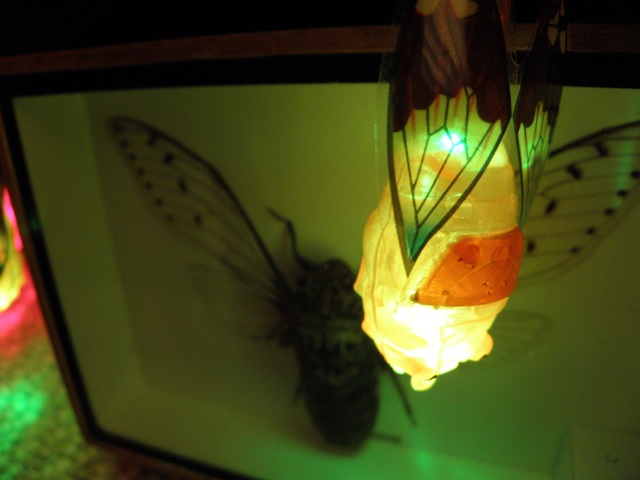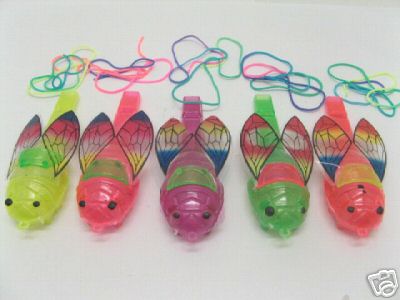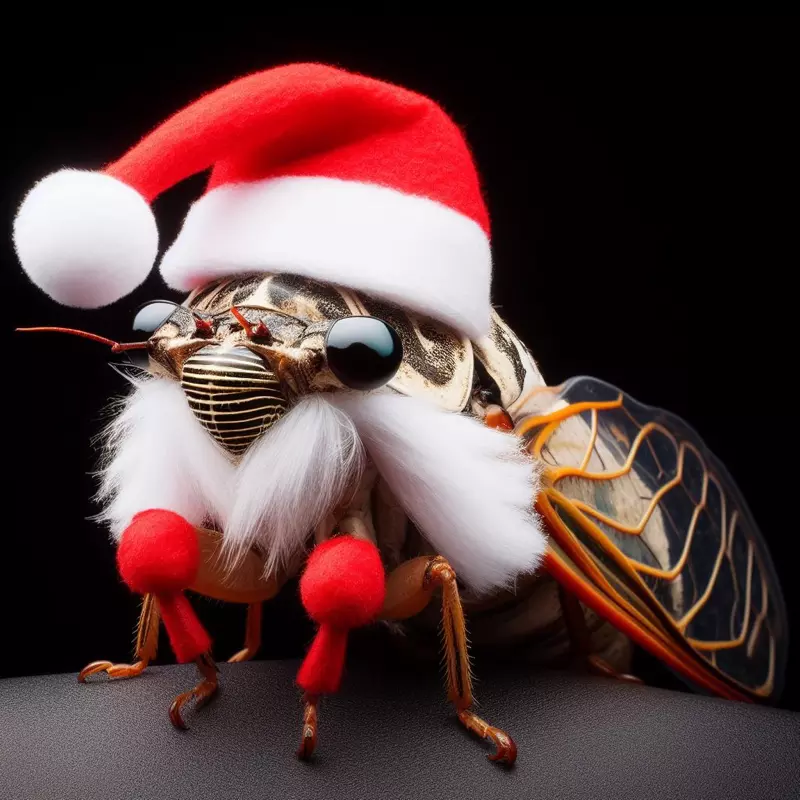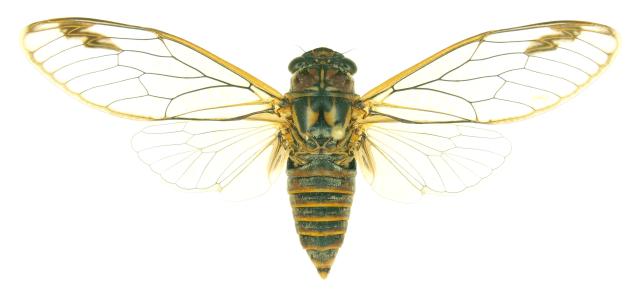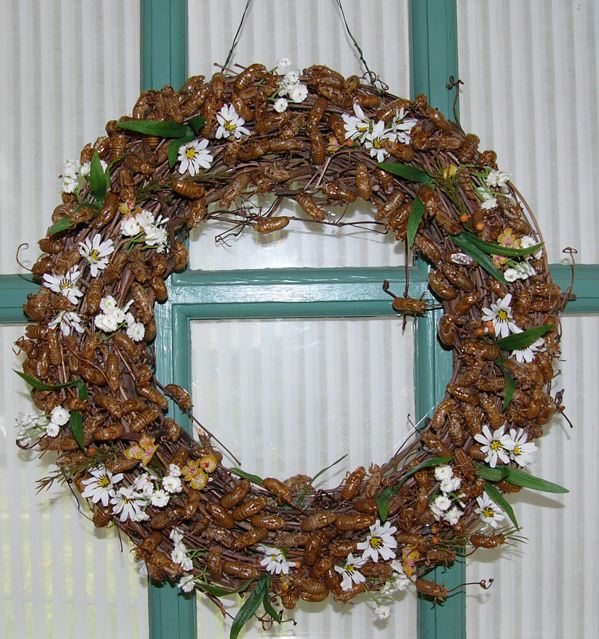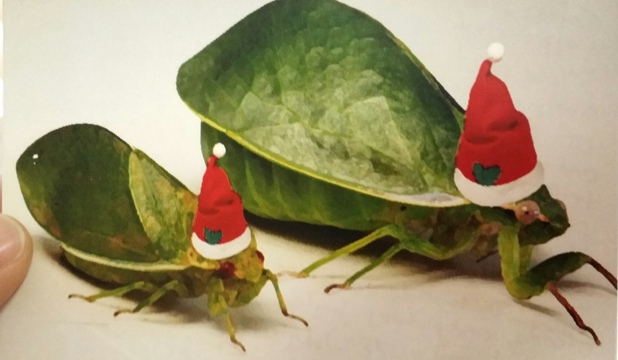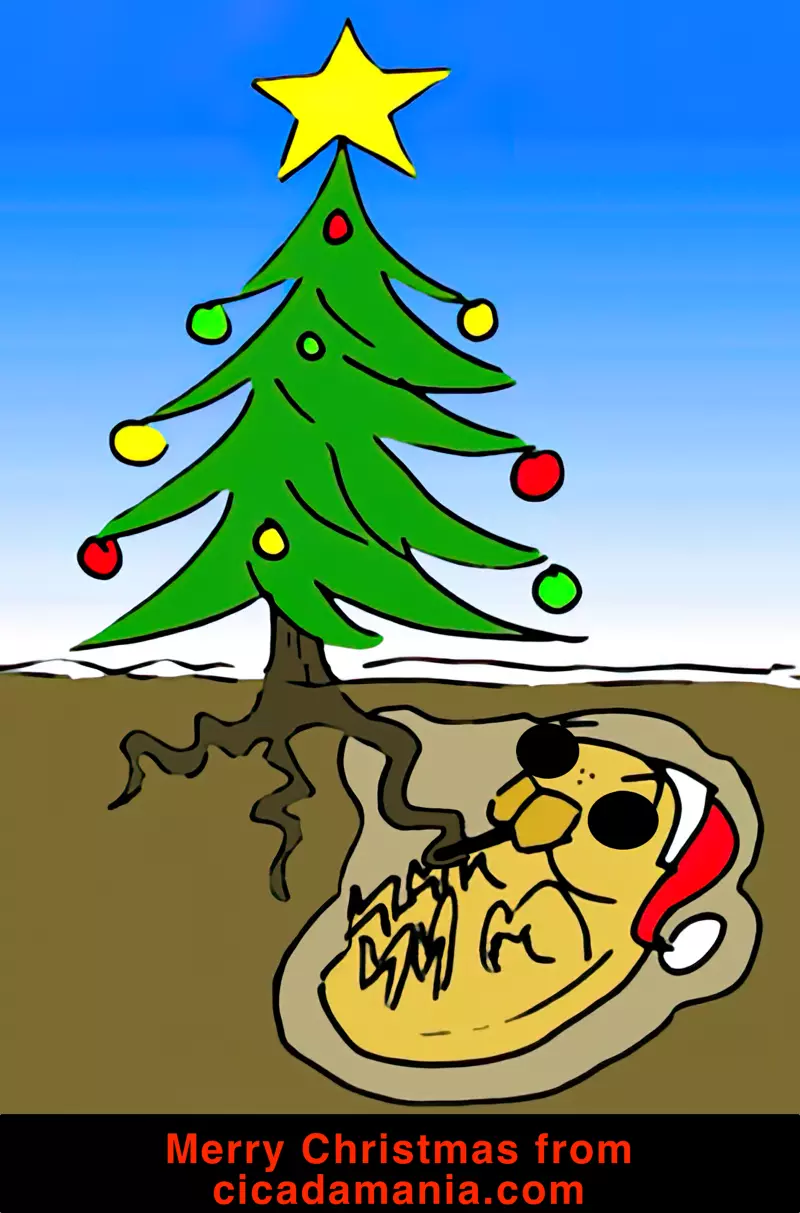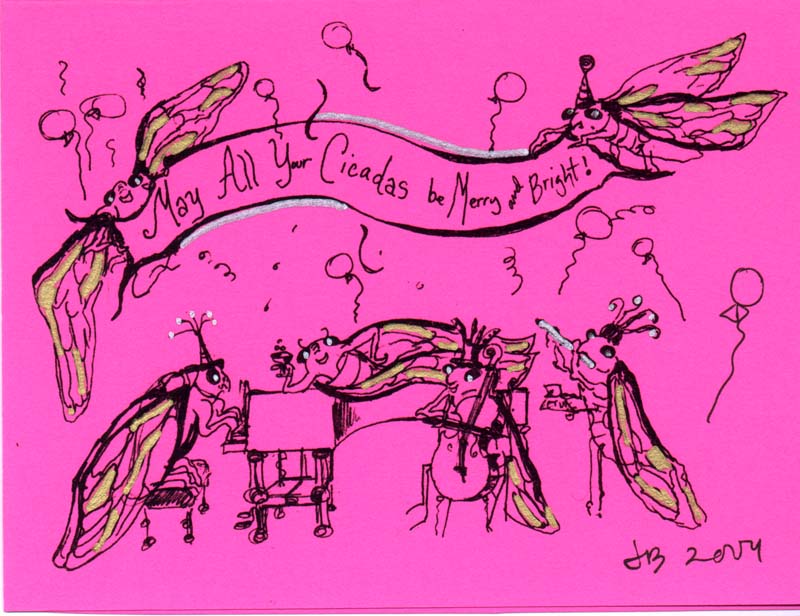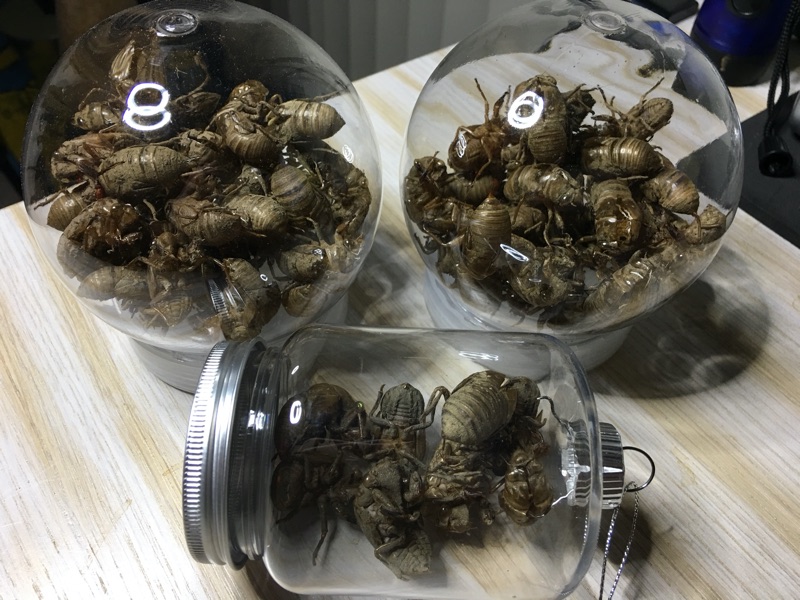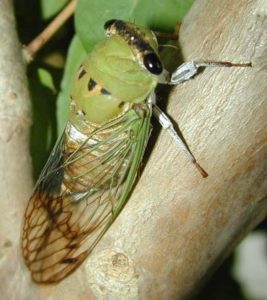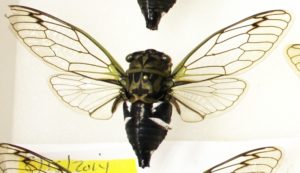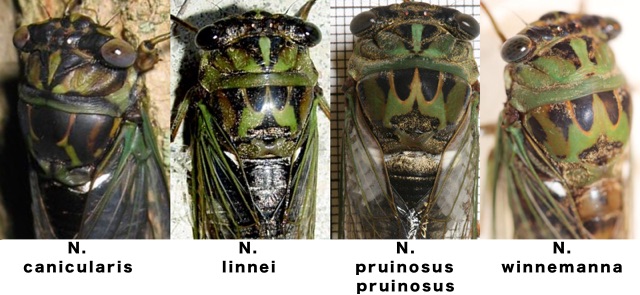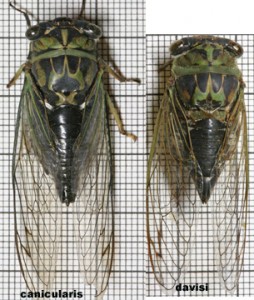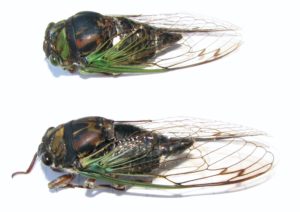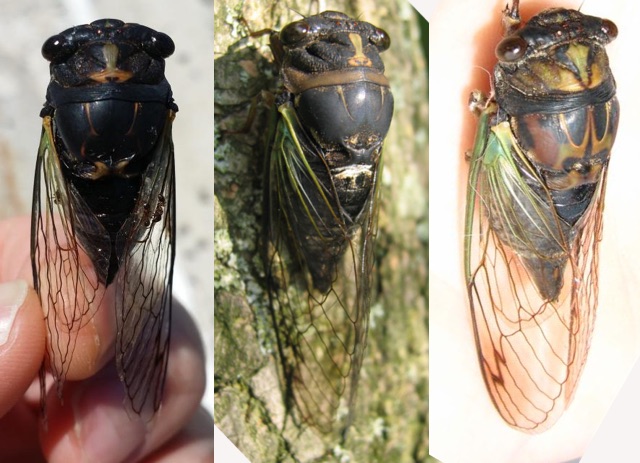Here are 19 articles from scientific journals about cicadas from 2015 that you may have missed.
January:
A review of the cicada genus Kosemia Matsumura (Hemiptera: Cicadidae)
- Shengping Qi, Masami Hayashi, Cong Wei
- Zootaxa, Vol 3911, No 4
- http://biotaxa.org/Zootaxa/article/view/zootaxa.3911.4.1
February:
External morphology and calling song characteristics in Tibicen plebejus (Hemiptera: Cicadidae)
- Maedeh Mehdipour, Jalal Jalali Sendi, Hossein Zamanian
- Comptes Rendus Biologies, Volume 338, Issue 2, February 2015, Pages 103—111
- http://www.sciencedirect.com/science/article/pii/S1631069114002728
The phylogenetic utility of acetyltransferase (ARD1) and glutaminyl tRNA synthetase (QtRNA) for reconstructing Cenozoic relationships as exemplified by the large Australian cicada Pauropsalta generic complex
- Christopher L. Owen, David C. Marshall, Kathy B.R. Hill, Chris Simon
- Molecular Phylogenetics and Evolution, Volume 83, February 2015, Pages 258—277
- http://www.sciencedirect.com/science/article/pii/S1055790314002516
March:
Cicada genus Pomponia Stål, 1866 (Hemiptera: Cicadidae) from Vietnam and Cambodia, with a new species, a new record, and a key to the species
- Hong-Thai Pham, Young June Lee, Jerome Constant
- Zootaxa, Vol 3925, No 4
- http://biotaxa.org/Zootaxa/article/view/zootaxa.3925.4.5
April:
Intraspecific sexual mimicry for finding females in a cicada: males produce ‘female sounds’ to gain reproductive benefit
- Changqing Luo, Cong Wei
- Animal Behaviour, Volume 102, April 2015, Pages 69—76
- http://www.sciencedirect.com/science/article/pii/S0003347215000226
A new cicada species of the genus Psithyristria Stål, 1870 (Hemiptera: Cicadidae: Cicadinae: Psithyristriini) from Luzon, Philippines, with a key to the 15 species
- Young June Lee, Ireneo L. Jr. Lit
- Zootaxa, Vol 3948, No 2
- http://biotaxa.org/Zootaxa/article/view/zootaxa.3948.2.10
A redescription of Yoyetta landsboroughi (Distant) and Y. tristrigata (Goding and Froggatt) (Hemiptera: Cicadidae) and description of four new related species
- Nathan J. Emery, David L. Emery, Lindsay W. Popple
- Zootaxa, Vol 3948, No 3
- http://biotaxa.org/Zootaxa/article/view/zootaxa.3948.3.1
May:
A review of the cicada genus Haphsa Distant from China (Hemiptera: Cicadidae)
- Xu Wang, Mingsheng Yang, Cong Wei
- Zootaxa, Vol 3957, No 4
- http://biotaxa.org/Zootaxa/article/view/zootaxa.3957.4.3
Description of two new cicada species of the genus Poviliana Boulard (Insecta: Hemiptera, Cicadoidea, Cicadidae) from New Caledonia
- Quentin Delorme, Hervé Jourdan, Christian Mille
- Zootaxa, Vol 3957, No 4
- http://biotaxa.org/Zootaxa/article/view/zootaxa.3957.4.9
June:
Four new species of cicadas from Papua New Guinea (Hemiptera: Cicadoidea: Cicadidae)
- Allen F. Sanborn
- Journal of Asia-Pacific Entomology, Volume 18, Issue 2, June 2015, Pages 283—290
- http://www.sciencedirect.com/science/article/pii/S1226861515000308
Description of a new genus, Auritibicen gen. nov., of Cryptotympanini Hemiptera: Cicadidae) with redescriptions of Auritibicen pekinensis (Haupt, 1924) comb. nov. and Auritibicen slocumi (Chen, 1943) comb. nov. from China and a key to the species of Auritibicen
- Young June Lee
- Zootaxa, Vol 3980, No 2
- http://biotaxa.org/Zootaxa/article/view/zootaxa.3980.2.5
Cicadidae types (Hemiptera-Cicadomorpha) housed at the Museo de La Plata entomological collection (Argentina)
- Ana M. Marino De Remes Lenicov, Arnaldo Maciá, Bruno Pianzola
- Zootaxa, Vol 3974, No 3
- http://biotaxa.org/Zootaxa/article/view/zootaxa.3974.3.1
July:
Molecular phylogenetics, diversification, and systematics of Tibicen Latreille 1825 and allied cicadas of the tribe Cryptotympanini, with three new genera and emphasis on species from the USA and Canada (Hemiptera: Auchenorrhyncha: Cicadidae)
- Kathy B. R. Hill, David C. Marshall, Maxwell S. Moulds, Chris Simon
- Zootaxa, Vol 3985, No 2
- http://biotaxa.org/Zootaxa/article/view/zootaxa.3985.2.3
August:
New species of Simona Moulds, 2012 and Chelapsalta Moulds, 2012 cicadas (Cicadidae: Cicadettinae: Cicadettini) from Australia: comparative morphology, songs, behaviour and distributions
- A. Ewart, L.W. Popple, D.C. Marshall
- Zootaxa, Vol 4001, No 1
- http://biotaxa.org/Zootaxa/article/view/zootaxa.4001.1.1
Additional records of cicadas (Hemiptera: Cicadidae) to the fauna of Mindanao, Philippines, with the description of three new species and a key to the species of Champaka Distant
- Young June Lee
- Zootaxa, Vol 4007, No 4
- http://biotaxa.org/Zootaxa/article/view/zootaxa.4007.4.5
September:
Comparative morphology of the distal segments of Malpighian tubules in cicadas and spittlebugs, with reference to their functions and evolutionary indications to Cicadomorpha (Hemiptera: Auchenorrhyncha)
- Qinglong Li, Haiying Zhong, Yalin Zhang, Cong Wei
- Zoologischer Anzeiger – A Journal of Comparative Zoology, Volume 258, September 2015, Pages 54—68
- http://www.sciencedirect.com/science/article/pii/S0044523115300048
October:
New combinations for six species belonging to Cryptotympanini Handlirsch (Hemiptera: Cicadidae), former members of the genus Tibicen Latreille, 1825
- Allen F. Sanborn
- Zootaxa, Vol 4027, No 3
- http://biotaxa.org/Zootaxa/article/view/zootaxa.4027.3.9
November:
The visual system of the Australian ‘Redeye’ cicada (Psaltoda moerens), Arthropod Structure & Development
- Willi A. Ribi, Jochen Zeil
- Arthropod Structure & Development, Volume 44, Issue 6, Part A, November 2015, Pages 574—586
- http://www.sciencedirect.com/science/article/pii/S1467803915000687
Erection of a new genus Biura gen. nov., of the subtribe Aolina (Hemiptera: Cicadidae: Cicadinae: Dundubiini)
- Young June Lee, Allen F. Sanborn
- Zootaxa, Vol 4044, No 4
- http://biotaxa.org/Zootaxa/article/view/zootaxa.4044.4.9
